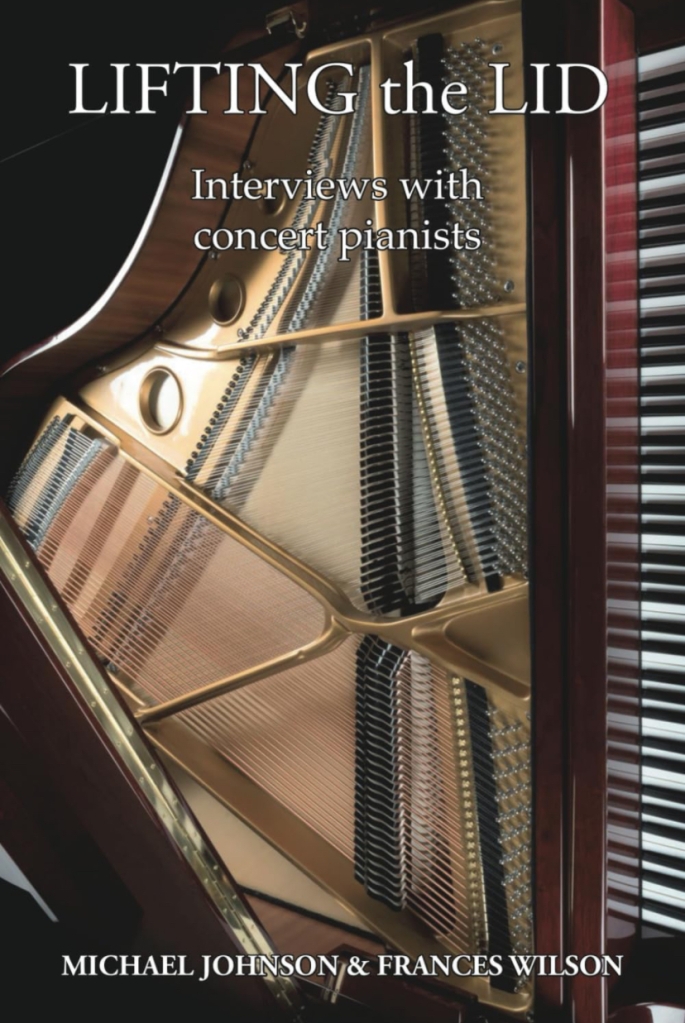
The source materials for Urtext editions include the composer’s autograph (the manuscript produced in the composer’s hand), hand copies made by the composer’s students and assistants, the first published edition and other early editions. Urtext editions differ from facsimile editions, which present a photographic reproduction of one of the original sources for a work of music, and interpretive editions, which offer the editor’s personal opinion on how to perform the work.
Urtext scores came into being as a reaction against the many (and often incorrect) editorial liberties which were taken when editing and publishing music. Phrasing, articulation, dynamics, and sometimes even the notes themselves were altered as the editor saw fit, and so long as it made musical sense, this kind of editing was considered acceptable. Editors guilty of this kind of tampering include Busoni (in Bach) and von Bülow, amongst many others. These days, the urtext score is a must-have for the serious student, teacher or performer, offering as it does a “clean” version of the manuscript, without the distractions of an editor’s markings, and opinions, and is the most faithful record of the composer’s original intentions, which provides the starting point for independent thought and interpretative possibilities.
I still have my old ABRSM editions of Bach’s Two- and Three-Part Inventions and “the 48”. Heavily annotated by the ABRSM’s editors, the manuscript is distorted with the kind of phrasing, dynamics, and articulation markings which would probably horrify Bach. And in my ABRSM edition of Mozart’s Rondo in A minor K511, I discovered a number of serious errors and inaccuracies which had crept into the music thanks to some heavy-handed editing. Soon after, I purchased a Wiener-Urtext edition of the work, which was far better to work from. Working from a heavily annotated score is now anathema to me: the editorial input seems unnecessarily didactic and presupposes a certain way of playing the music, without allowing the student to make their own judgements about crucial aspects such as articulation and phrasing. In an urtext score, particularly a Baroque urtext score, the absence of performance directions offers the performer choice, versatility and expression.
Urtext editions, in particular those produced by established publishers of such musical scores such as Henle, Wiener and Barenreiter, tend to be high-quality publications, with detailed and insightful prefaces and notes, descriptions of sources (usually in German, English and French), useful fingerings, and aesthetically-pleasing design values: durable bindings, heavy cream paper, and clear music engraving optimised for efficient page turns. With the increasing popularity of digital downloads, resources such as Piano Street and IMSLP also offer urtext editions in their catalogues.
I also like the music editions published by Dover, in particular editions of Liszt, Debussy, and Chopin. Dover Publications offer good re-editions and reprints, usually from a first edition or other authoritative edition of the score. Dover editions are bound to stay flat on the music rack, but the paper quality is rather poor, and I have occasionally torn a page during a rather over-enthusiastic turn! I find the accurate reproduction of pedal markings in Chopin, Liszt and Debussy particularly useful in Dover editions. They are also relatively inexpensive, compared to the more upmarket editions from Henle or Wiener Urtext. Dover editions of Debussy also contain translations of Debussy’s dynamic and articulation directions.
Resources:






It’s best to be careful with Dover scores for Chopin – the problem is that he didn’t oversee the German publishing process, and some of their editions are reprints of German first editions, so there are a few note mistakes/difference in stems. The Paderewski edition is good, but the most up-to-date (and interestingly/originally stemmed one) appears to be the Ekier.
On the other hand, there is a view that Facsimile editions are often riddled with copying errors, which have been painstakingly corrected over the years. Then Urtext editions come and put all the errors back!
[…] three Elective sonatas. The value of these editions is open to discussion (see my earlier post on The Urtext Score), but they are attractively produced and are used by many students and teachers around the […]